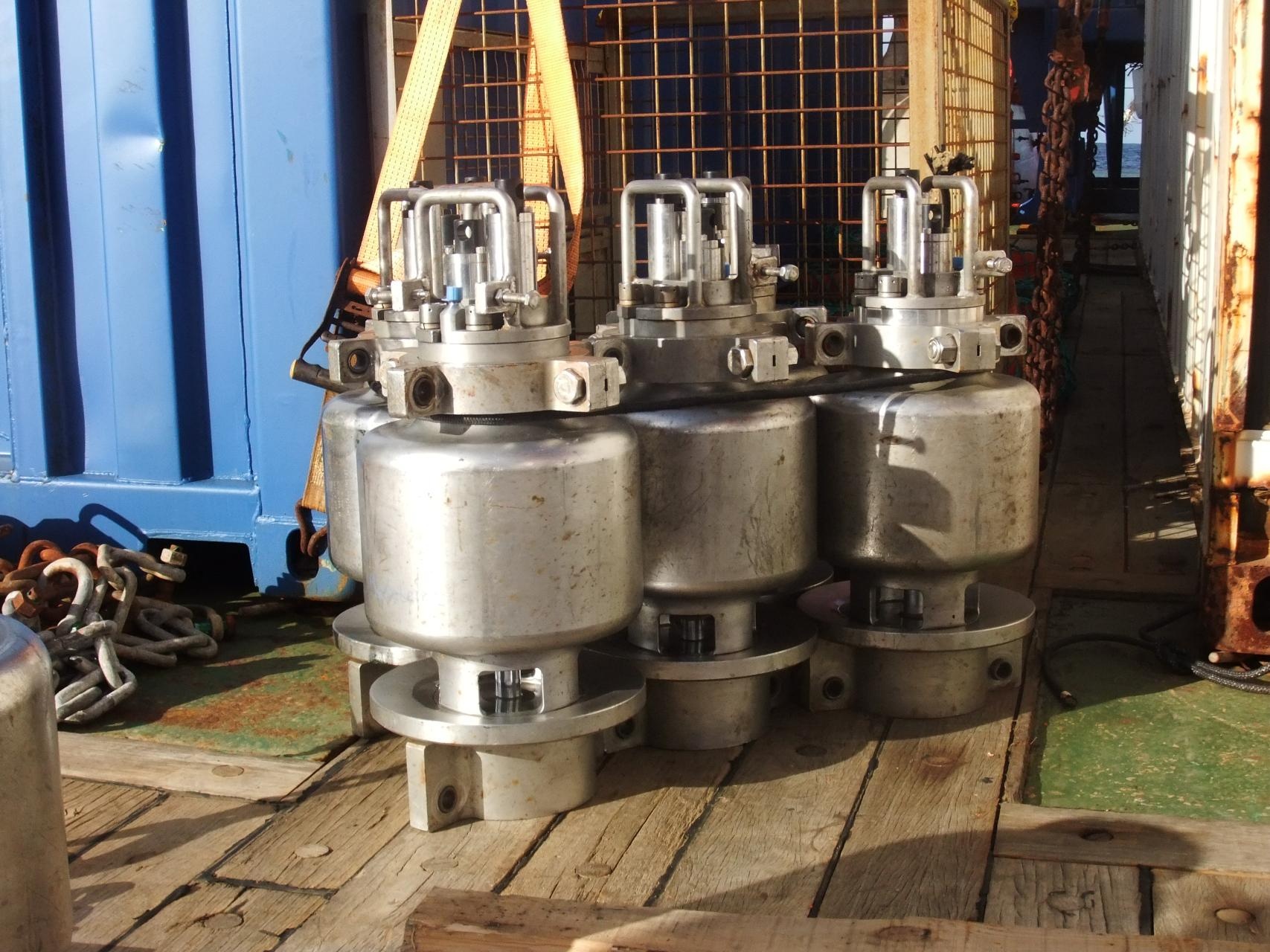...
| Sensorweb integration | ||||
|---|---|---|---|---|
| ||||
In the seismic refraction method, seismic waves are recorded that propagate along layer boundaries or as arcuate "diving waves" mainly sub-horizontally. The seismic signals, produced by controlled seismic sources, are recorded along lines of seismometers deployed on land or in the ocean (ocean-bottom seismometers). Although this method can also be used in engineering geology for near-surface investigations, we apply it to analyze deep crustal structures, the crust-mantle boundary and the uppermost mantle. |
| Sensorweb integration | ||||||||||
|---|---|---|---|---|---|---|---|---|---|---|
| ||||||||||
|
| Sensorweb integration | ||||
|---|---|---|---|---|
| ||||
Contacts
| Sensorweb integration | ||||||||||||
|---|---|---|---|---|---|---|---|---|---|---|---|---|
| ||||||||||||
|
Components
| Metadata (Metadata Plugin) | ||
|---|---|---|
| ||
Airguns have different chamber sizes, which are chosen in relation to the objectives, i.e. target size and depth. The Refraction Seismic Airguns Cluster consits of usually 4 G-guns with a volume of 8.32 l each, cluster bars as distance pieces and mounting gear. Ocean Bottom Seismometers (OBS) are needed to conduct Refraction Seismic measurements. OBS pool: Henning.Kock@awi.de (Engineer in Charge) or Mechita.Schmidt-Aursch@awi.de (Data Scientist). |
...
| Sensorweb integration | ||||
|---|---|---|---|---|
| ||||
